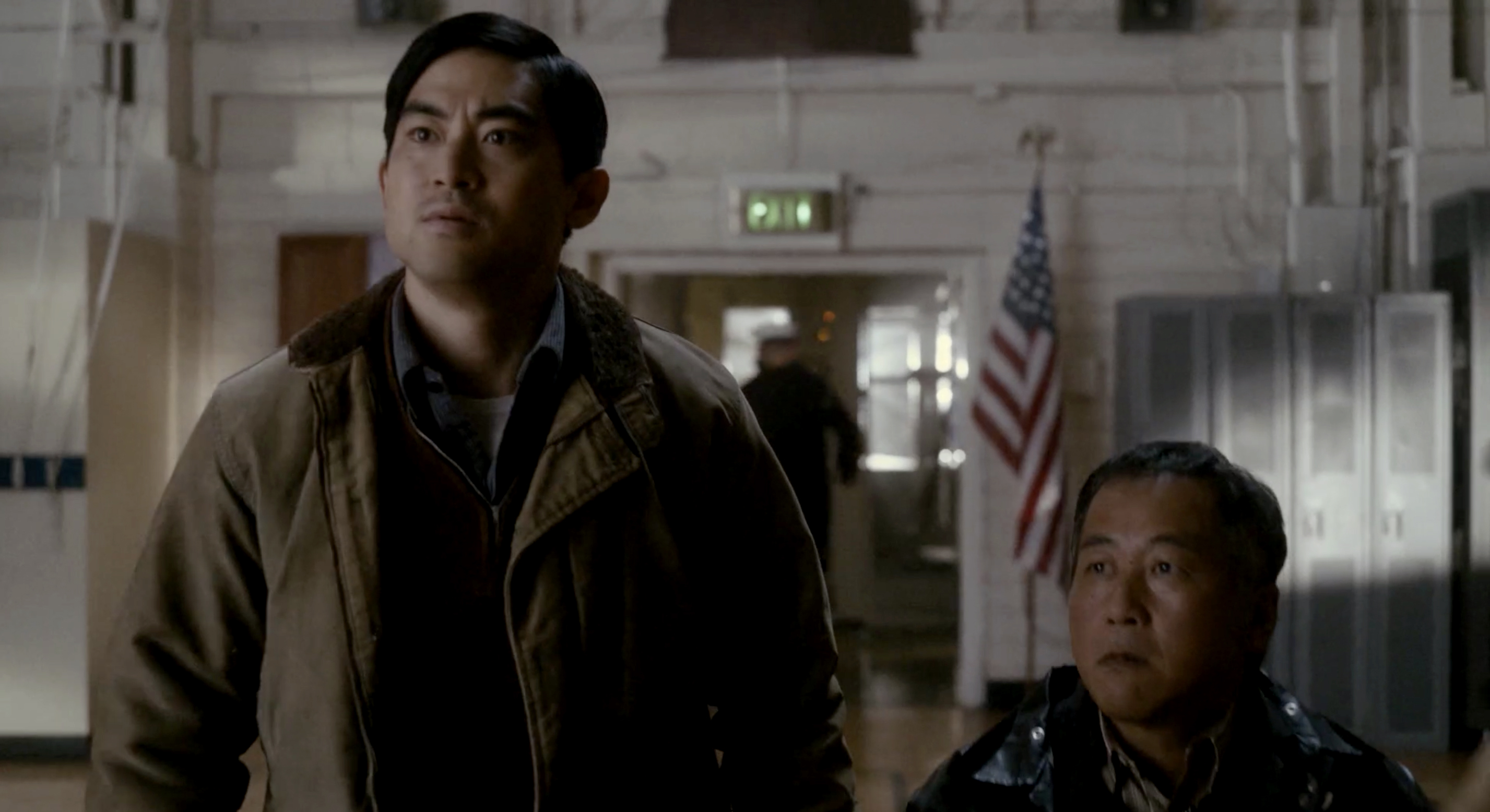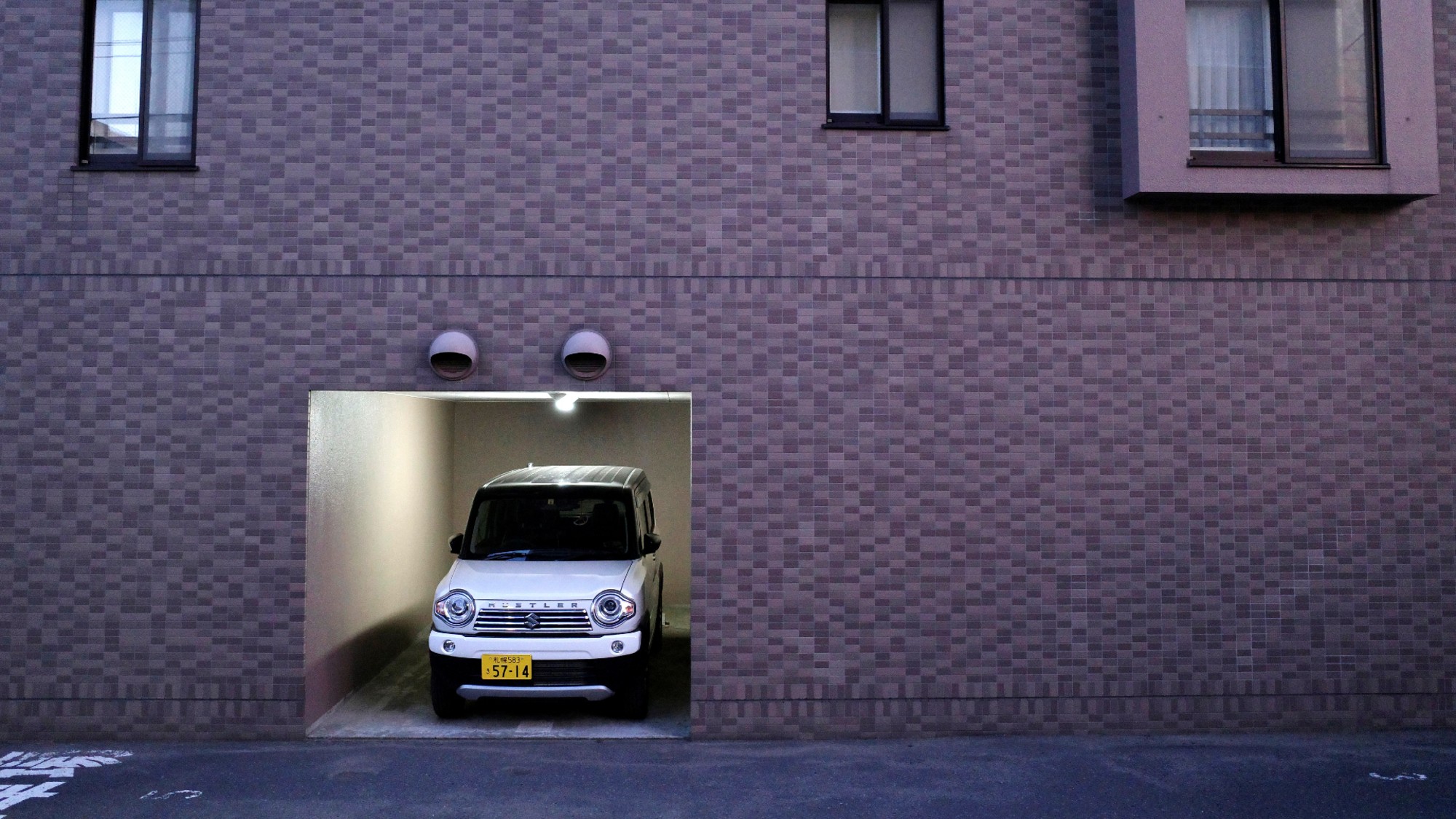The Terror: Infamy is the most politically relevant show on television
You don't need dystopia to send a frightening message


In the second season of The Terror, the dead refuse to stay buried. The show's first episode, which premiered on AMC on Monday night, opens in 1941 on the piers of California's Terminal Island, the home of a Japanese immigrant community. A woman has just killed herself in the most gruesome way imaginable; her family gathers to bury her when a sudden violent burst of wind knocks the coffin to the ground, spilling its contents in full view. The family hastens to replace the lid; what has been interred is not supposed to be seen again.
For many Americans, The Terror: Infamy is a similar gust of wind, hurdling what is preferred undiscussed out in the open once more. While plenty of lauded television shows over the past several years have tried to tap into the fears of growing fascism in real life, none have managed to be as incisive, or as shocking, as The Terror. Rather than conjure up a parallel reality as The Handmaid's Tale and The Man in High Castle have done, The Terror: Infamy excavates one of America's ugliest chapters by reminding us that, as scary as Japanese ghosts might be, what actually happened was somehow even more horrifying.
Named after President Franklin Roosevelt's proclamation that the Dec. 7 bombing of Pearl Harbor would "live in infamy," The Terror: Infamy is the sequel to one of 2018's most underappreciated debuts. But the first season, which focused on Sir John Franklin's doomed search for the Northwest Passage, has apparently no relation to the second installment in the horror anthology. While the first season was largely apolitical, when The Terror was renewed and the Japanese interment camp plot was announced last June, it was only several weeks after outcry had begun over the Trump administration's own version of immigrant internment on the U.S.-Mexico border.
The Week
Escape your echo chamber. Get the facts behind the news, plus analysis from multiple perspectives.

Sign up for The Week's Free Newsletters
From our morning news briefing to a weekly Good News Newsletter, get the best of The Week delivered directly to your inbox.
From our morning news briefing to a weekly Good News Newsletter, get the best of The Week delivered directly to your inbox.
A year on, it is hard to shake the prescience of The Terror's writers' room. As in the first season, The Terror: Infamy takes historical parameters and applies supernatural designs on top of them; in the debut season, it was the bear-like Tuunbaq that terrorized the protagonists, while this season it is a Japanese Yūrei who follows the characters to the camps. But the historical backdrop is what makes The Terror stand out: There is nothing made-up about Executive Order 9066, which allowed for the rounding up and internment of 112,000 immigrants and American citizens alike under the racist and unfounded guise that anyone of Japanese descent could be enemy spies. For several of the Japanese-American cast and crew who worked on the show, this reality is also deeply personal; actor George Takei was interned in Arkansas for three years, and director Lily Mariye's grandfather died in a camp due to poor medical care, to name just two examples.
While The Terror: Infamy never strays far from the horror genre, its commentary on the current political moment is hardly glossed over. Parallels, though, are subtle and for the most part left to the understanding of the viewer, rather than hammered in with clumsy symbolism or heavy-handed monologues. The negligence of medical care for the Japanese, for instance, might bring to mind the two-dozen immigrants who have died in the Trump administration's border camps due to lack of access to health care. The showrunners have no fear of calling a spade a spade, either; America relocated people of Japanese ancestry into concentration camps, a comparison searingly drawn in the second episode when a crane shot reveals a camp that looks straight out of a Holocaust movie if not for the flapping banner of red, white, and blue looming above it all. What are we to make, then, of the camps being constructed on the border now?
Most of the other political dramas on television have been rooted in logical extremes, thought experiments, and what if scenarios. This approach can be blistering in its own right, but it can also have the unintended consequence of being written off as a sort of hysterical liberal fan-fiction. As my colleague Damon Linker argued in The Week, The Handmaid's Tale "is light years away from early 21st-century life in the United States (yes, even with President Trump in the White House...)." Lili Loofbourow likewise wrote that prestige TV like The Handmaid's Tale, Man in the High Castle, and the now-abandoned HBO alt-history Confederate have "demonstrated that there are real shortcomings to staging a hypothetical future where an embattled population has even fewer rights."
The Terror: Infamy cannot be so swiftly dismissed. Even with the addition of ghouls and ghosts, the show's foundation is unshakably real. This happened, and there can be no accusations of overreaction when it comes to our own dark, and often eagerly ignored, chapters. "We're using a horror vocabulary to put you in the skin of the people who experienced this historical event," Alex Woo, who created The Terror along with Max Borenstein, told the Los Angeles Times. "You will feel the fear they feel. You will feel the terror they feel."
A free daily email with the biggest news stories of the day – and the best features from TheWeek.com
Even more than portraying a period of American history that has gone otherwise virtually unrepresented on screen, The Terror: Infamy reminds us that the horror of our current era isn't new either. It's crawled unforgivably out of the coffin of our most shameful annals.
One can only imagine the inspiration the year 2019 might provide for a future.
Jeva Lange was the executive editor at TheWeek.com. She formerly served as The Week's deputy editor and culture critic. She is also a contributor to Screen Slate, and her writing has appeared in The New York Daily News, The Awl, Vice, and Gothamist, among other publications. Jeva lives in New York City. Follow her on Twitter.
-
 Could smaller cars bring down vehicle prices?
Could smaller cars bring down vehicle prices?Today’s Big Question Trump seems to think so, but experts aren’t so sure
-
 2025’s most notable new albums
2025’s most notable new albumsThe Week Recommends These were some of the finest releases of the past year
-
 Trump aims to take down ‘global mothership’ of climate science
Trump aims to take down ‘global mothership’ of climate scienceIN THE SPOTLIGHT By moving to dismantle Colorado’s National Center for Atmospheric Research, the White House says it is targeting ‘climate alarmism’
